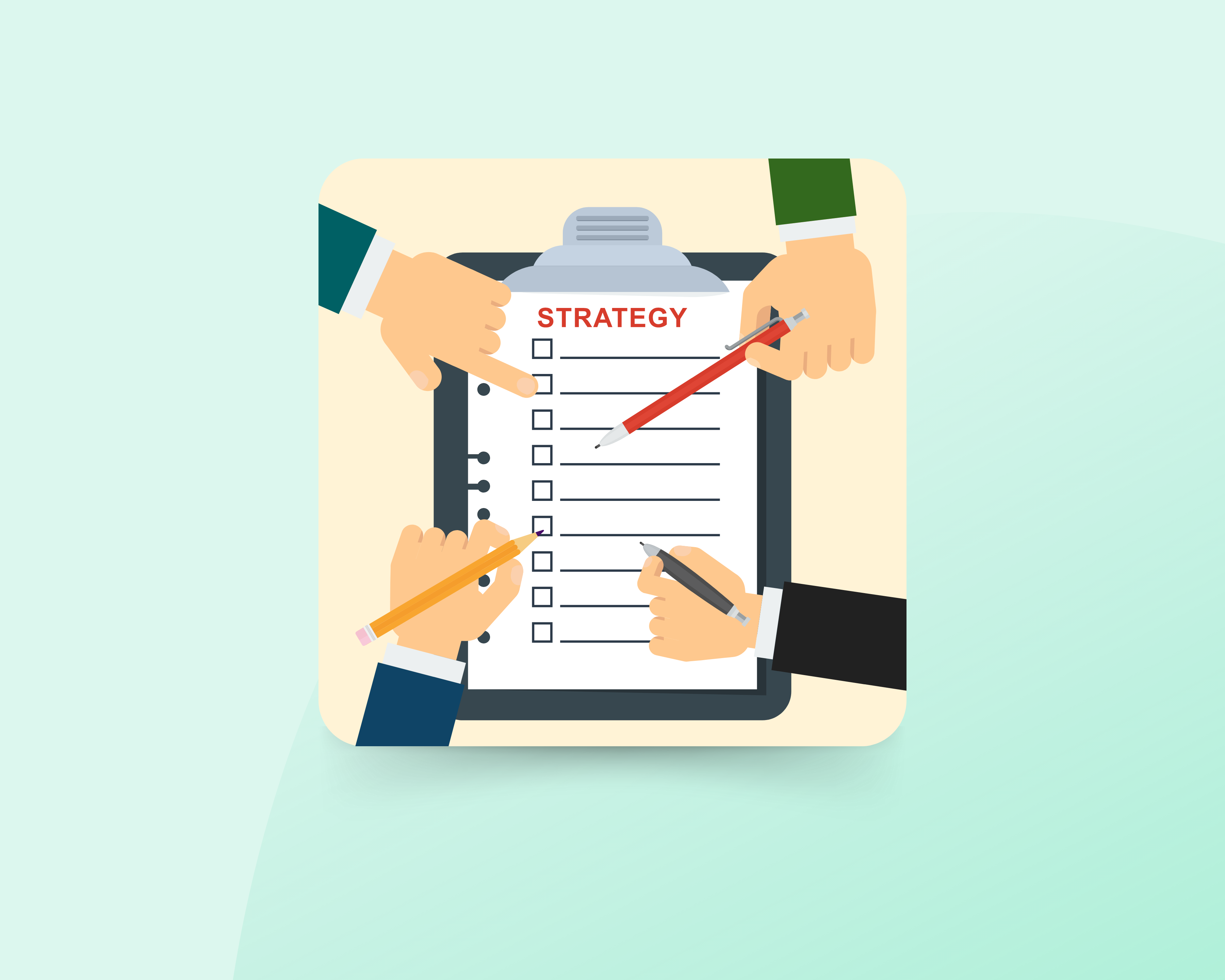Ready to create more pipeline?
Get a demo and discover why thousands of SDR and Sales teams trust LeadIQ to help them build pipeline confidently.





Get a demo and discover why thousands of SDR and Sales teams trust LeadIQ to help them build pipeline confidently.
In the highly competitive, fast-paced world of B2B SaaS sales, high-performing sales teams are increasingly using sales plays to achieve their goals, overcome challenges, and ultimately drive more revenue.
At a high level, a sales play is a premeditated, multi-step strategy that includes multiple touchpoints, channels, and tactics designed to engage prospects and guide them toward making a purchasing decision. Instead of relying on a one-size-fits-all sales strategy, teams can use sales plays to tailor their approach to the unique needs and preferences of each potential customer. They can also use sales plays to overcome challenges or accomplish specific goals, like increasing revenue by prioritizing upselling to existing customer accounts.
Whether you’re a seasoned sales leader or an eager rep looking to prove yourself, sales plays can help you enhance your outreach, amplify your impact, and streamline your path to successful business outcomes.
With that in mind, let’s take a look at four B2B sales plays your outbound sales team should prioritize — along with some tips on what you can do to prepare your team to execute a new play.
Looking to make a bigger impact in your pipeline generation? Incorporating the following pipeline-generating sales plays into your outbound strategies can enable your team to cultivate stronger relationships with customers and prospects while identifying untapped opportunities and capitalizing on them at the same time.
Monitoring customer job changes can help your organization identify opportune times to reconnect with former customers who’ve changed jobs, begin building relationships with other employees at existing accounts when your primary contact leaves, and also determine the ideal time to reach out to target accounts (e.g., when they hire a new decision maker). By acknowledging someone’s new responsibilities and challenges, you can implement fresh positioning strategies to pitch your product or service as a solution to their evolving needs.
As Miguel de Cervantes once wrote, being prepared is half the battle. By taking the time to train your team on this kind of sales play, reps will know exactly what to do when they a customer changes jobs.
Unless you’re keen on having your sales team monitor job changes by hand, look for a sales prospecting solution that has built-in contact tracking features. With the right solution, reps can receive automatic notifications when folks in their networks switch positions.
These days, buyers are doing a considerable amount of research online. In fact, one study found that B2B buyers have conducted as much as 70% of their research digitally before engaging with sales.
You can capitalize on this trend by coupling account-based marketing (ABM) with intent-driven campaigns. By doing so, sales reps can create warmer cold prospecting leads that are perfect targets for competitive displacement efforts, which could prove to be a potent formula for targeted sales success
While ABM enables you to create custom campaigns for a select group of high-profile accounts, intent data tracks online behaviors and interests. By aligning your messaging with each account’s demonstrated intent, sales teams can deliver highly relevant content and personalized solutions at the most opportune times. In tandem, this precision increases engagement, accelerates sales cycles, and maximizes conversion rates.
If there’s no trigger event, how do you create one?
Creating a sense of urgency or timeliness in a sales play can be a powerful strategy when it comes to prompting a prospect or customer to take a specific action and accelerate the decision-making process. Luckily, you can use several tactics to manufacture timeliness:
Whatever you decide, manufacturing timeliness should always be done authentically and ethically. If your goal is to genuinely make life easier for prospects and customers, intentionally misleading them won’t do you any favors.
As the best salespeople know too well, the job doesn’t end once a contract is signed. In fact, quite the contrary. Since it’s much easier to sell to existing customers than acquire new ones, sales reps should view contracts and opportunities for post-sales expansion.
By embracing product-led growth, providing ongoing value to customers, and showcasing additional features, add-ons, or complementary services that can strengthen their experiences, your organization can position itself as a partner interested in theii long-term success.
Not only does this strategic approach boost customer satisfaction, it also lays the groundwork for upselling and cross-selling opportunities. Turning smaller accounts into larger ones is an easy way to ultimately drive revenue growth.
Having great sales plays is one thing. Ensuring your sales team is ready to execute them is another. As you begin prioritizing outbound B2B sales plays, here are some tips that should increase your chances of success:
Mastering the art of sales plays can help your sales team build deeper connections with prospects and customers, driving conversions and creating long-term partnerships. By incorporating proven sales plays into your team’s day-to-day, it becomes that much easier to navigate the complexities of modern B2B sales with precision, determination, and confidence — and enjoy better business outcomes because of it.
To learn more about pipeline-generating sales plays and what your sales team can do to take your organization to the next level, check out our webinar: Power plays: Pipeline-generating sales plays for your team to focus on.
Subscribe for updates.